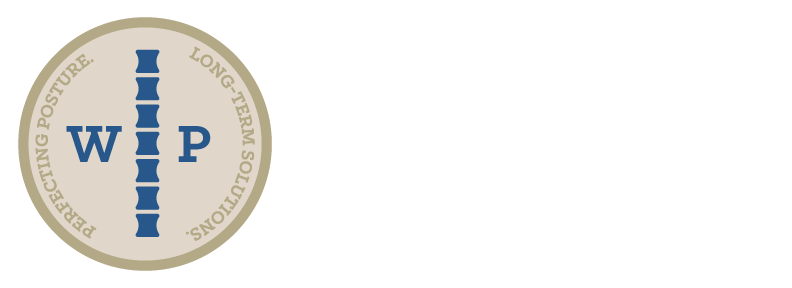Tried Everything for Neck Pain?
Non-surgical improvement of cervical lordosis is possible in advanced spinal osteoarthritis: a CBP ® case report
Miles O Fortner 1, Paul A Oakley 2, Deed E Harrison 3
PMID: 29410577PMCID: PMC5788786DOI: 10.1589/jpts.30.108
January 2018
Abstract
[Purpose] To present a case of the non-surgical improvement in cervical kyphosis in a patient with history of cervical spine trauma and advanced osteoarthritis.
[Subject and Methods] A 38 year old male presented with a chief complaint of chronic neck pain that was not substantially relieved by recent previous traditional physiotherapy and chiropractic manipulation. The cervical radiograph demonstrated a cervical hypolordosis of 5° as measured by the Harrison posterior tangent method from C2-C7. There was a 15° kyphosis at C4-C6 with advanced degenerative changes consistent with previous spine trauma. The patient was treated by CBP® methods incorporating cervical extension traction, extension exercises, and spinal manipulation for 30 sessions over an 18 week period.
[Results] After the treatment sessions, there was a substantial (27°) increase in global C2-C7 lordosis, and 5° decrease in C4-C6 degenerative kyphosis corresponding to the reduction in neck pain and disability, and an improvement in overall health status as indicated on the SF-36 health questionnaire.
[Conclusion] Although degenerative spondylosis of the cervical spine will have physical limitations to non-surgical correction, this case serves as an example that it is possible to reduce degenerative kyphosis and increase global cervical lordosis corresponding to health improvements in these.
Fig. 1. Neutral standing lateral cervical radiographs. Left: Initial taken on 4-12-17. Right: Follow-up taken 8-28-17. Green line represents ideal alignment; red line highlights posterior vertebral body margins. Note the Clay shoveler’s fracture of spinous process of C7; severe degenerative changes to vertebral body’s C4-C7 as well as the region’s initial exaggerated kyphotic deformation indicative of previous trauma.
Fig. 2. Pope 2-way cervical extension traction.
Fig. 3. Cervical extension exercises performed on the PowerPlate.
Need to contact us for an assessment to correct this type of pain or dysfunction? Call now or visit our contact page.



